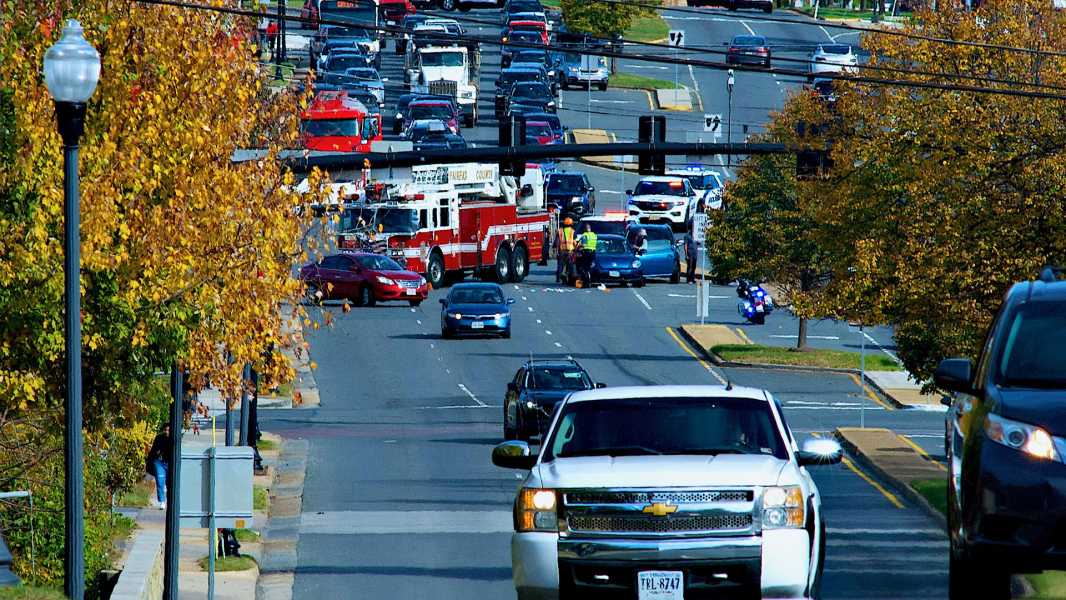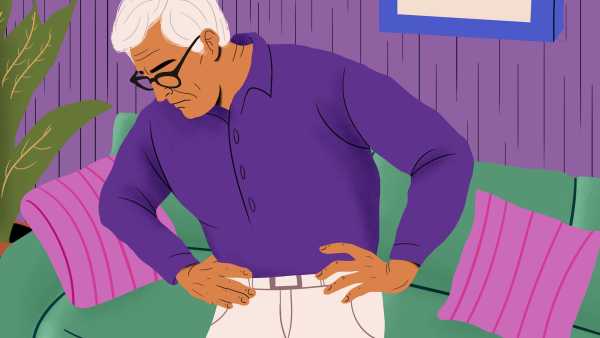
The latest total solar eclipse in the United States was accompanied by an increase in traffic fatalities, heightening concerns about the upcoming eclipse on April 8. (Photo by John M. Chase via Getty Images)
The total solar eclipse on April 8 could lead to an increase in fatal traffic accidents, scientists warn in a new report.
Eye injuries related to eclipses are more commonly reported than car accidents. But during the last total solar eclipse in North America — the “Great American Eclipse” of 2017 — the U.S. saw a brief but significant increase in fatal incidents, researchers warned in a research letter published Monday (March 25) in JAMA Internal Medicine.
The increase in accidents was not related to the darkness caused by the eclipse. In fact, “we see a significant decrease during the one hour that includes the eclipse,” said study co-author Dr. Donald Redelmeier, a professor of medicine at the University of Toronto and a staff physician at Sunnybrook Health Sciences Centre.
“The challenge is the surrounding hours when people are traveling to the observation site and especially afterward,” Redelmeier told Live Science. “We're particularly concerned about the travel home.”
During the 2017 eclipse, the path of totality — the route the moon’s shadow takes across the Earth — was narrow, about 70 miles (113 kilometers) wide. At the center of this path, observers could enjoy the longest moment of totality, when the moon completely covers the sun’s disk. An estimated 20 million people in the U.S. moved to other cities to be in the path of totality.
During the upcoming eclipse on April 8, viewers within the path will be able to enjoy the total phase for about 2.5 to 4.5 minutes, depending on their location. Observers outside the path will only see a partial eclipse.
Given that the 2017 eclipse caused significant traffic, Redelmeier and co-author Dr. John Staples, a clinical assistant professor at the University of British Columbia, wanted to see if it was related to life-threatening crashes. They pulled data from the National Highway Traffic Safety Administration’s Fatality Analysis System, which contains information on all fatal crashes on public roads in the United States. The researchers focused on the three-day period surrounding the eclipse on August 21, 2017. As comparison points, they also analyzed crash data for the three days before and three days after the astronomical event.
In addition, they used a US Navy calculator to determine the time of each accident relative to the moment of maximum eclipse, taking into account the latitude and longitude of the location of the incident.
Overall, the eclipse was associated with a 31% increase in fatal crashes compared to the two comparison time windows. This increase is consistent with what is seen during major travel holidays such as Thanksgiving and the Fourth of July weekend.
In other words, about 10.3 people died in crashes per hour during the eclipse, compared to 7.9 people per hour on the comparison days. “This equated to an average of one additional crash participant every 25 minutes and one additional crash fatality every 95 minutes,” the researchers report.
The risk varied over time, rising above average before the eclipse, dipping lower during it, and then rising to its highest levels — nearly 50% above average — after the event. The jumps in risk were larger in clear-sky locations than in cloudy ones, which may be because people gathered under clear skies to view the eclipse, Redelmeier noted.
Ahead of the April 8 eclipse, Redelmeier stressed, “Our conclusion is to recommend all the standard safety strategies — they are really effective.” These measures include following speed limits, minimizing distractions while driving,
Sourse: www.livescience.com





